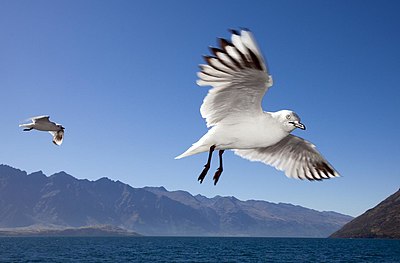Copyright and OER
Implications of Copyright when creating Open Educational Resources
Beyond the design and content of your resource itself, abiding by copyright law is by far the biggest consideration when publishing an OER or any other content. It is especially important to consider the copyright status of all the third-party content within the resource – in other words, all of the parts of your resource which you did not create yourself.
Many – if not most – teaching resources are a mosaic of numerous pieces of content (photos, videos, text, etc) compiled from a wide range of sources by the developer. Some of this content will likely be held under copyright, such as illustrations taken from commercial textbooks, or text used under the educational ‘fair use’ provisions of New Zealand copyright law. Content in some teaching resources may have an uncertain origin due to poor documentation, such as might be found in course notes inherited from another tutor, and should be assumed to be under copyright.
Materials copyrighted to a third party (i.e., ‘© all rights reserved’) cannot usually be included in a resource that is openly licensed. There are exceptions but, in general, you are not legally entitled to republish copyrighted material without permission from the copyright holder. Strategies for dealing with copyright issues in OER publishing are described below and covered in the OCL4ed workshop.
The do’s and don’ts of copyright are not always straight-forward, and there are many myths and misconceptions about what is legally permissible. Given its importance, the issues surrounding copyright for educators are covered more fully in the OCL4ed professional development workshop, which all Otago Polytechnic academic staff are encouraged to complete.
